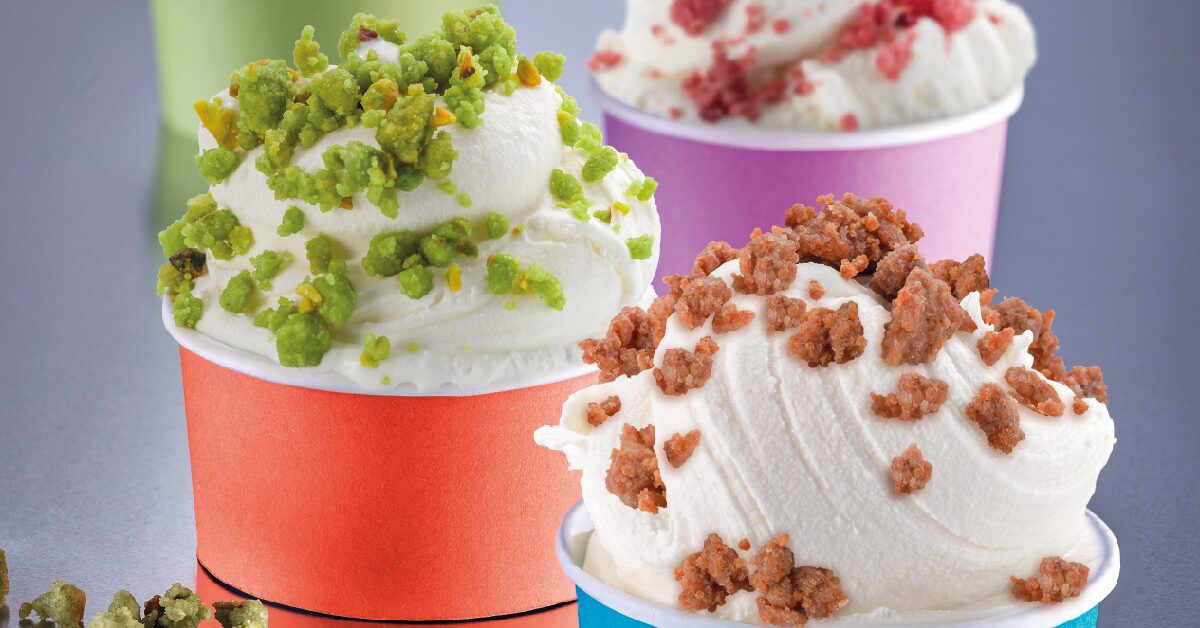How To Cut Expenses With the Cold Processing of Ice-Cream Bases
Anytime we introduce a new ice-cream base, we always highlight whether it can be used with the cold or hot processing or both. Although both of these methods possess specific advantages to suit specific contexts, nowadays the cold processing is being used more and more. In this article, we clarify the reasons behind this new trend and compare the two methods with their pros and cons.
March 15, 2023
The Traditional Method: The Ice-Cream Hot Processing
The hot processing of ice cream is the traditional method for making ice cream, the one that has been in use for ages to create this very popular dessert. Such method requires you to heat up all the base ingredients to a temperature of about 85°C for half an hour (the so called HTST pasteurization) or to a temperature of 65°C for half an hour (low-temperature pasteurization), then cool it down immediately to 4°C; this way, you can reduce the proliferation of microorganisms. Subsequently, the mix is let sit at the same temperature and then blended – by so doing, it freezes while incorporating air, so that it acquires the typical creamy consistency of ice cream.
One of the main advantages of this ice-cream making process is microbiological safety, together with the fact that it allows you to get a stable emulsion, as all the components are dissolved and interacting perfectly together. The disadvantages are the long preparation time – considering the phases of pasteurization, cooling down, maturation and blending – and the elevated electricity expenses.
The New Method: The Ice-Cream Cold Processing
The cold processing of ice cream is, on the other hand, a relatively new technique that is spreading more and more around the world. In this method, the ingredients are dissolved in a liquid – either water, milk or cream, heated up if need be – and perfectly blended with a mixer; the mix is then let sit for at least 30 minutes in the fridge and subsequently blended.
The cold processing offers a greater flexibility in the making of customized flavors, while allowing ice-cream makers to use fresh and natural ingredients without compromising the quality of their final product. Moreover, the whole process is quicker to be completed, thus resulting in lower expenses on electricity within the ice-cream parlor premises.
Cold-Processable Ice-Cream Bases: Know Before You Use
When working with cold-processable ice-cream bases, it is vital for you to be careful with cleanliness and hygiene, as the lack of pasteurization in this method paves the way for the proliferation of bacteria. Therefore, always comply with the national and international safety and hygiene regulations on food so for your final product to be a safe and high-quality one.
Wish to know more about our ice-cream bases that can be processed with the cold method? Read the article we published last month with all our product releases for 2023, including our new ISI ice-cream base!




